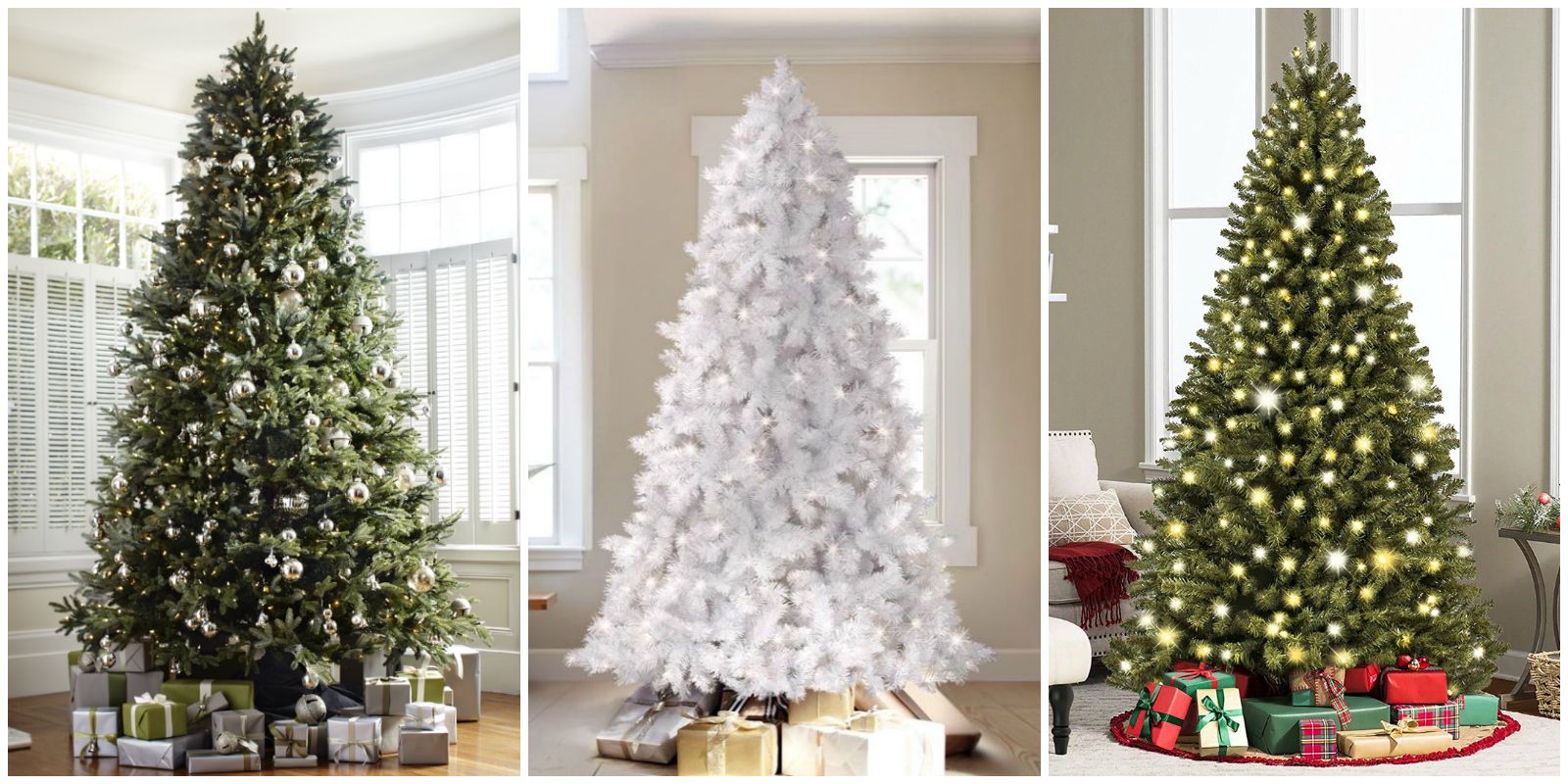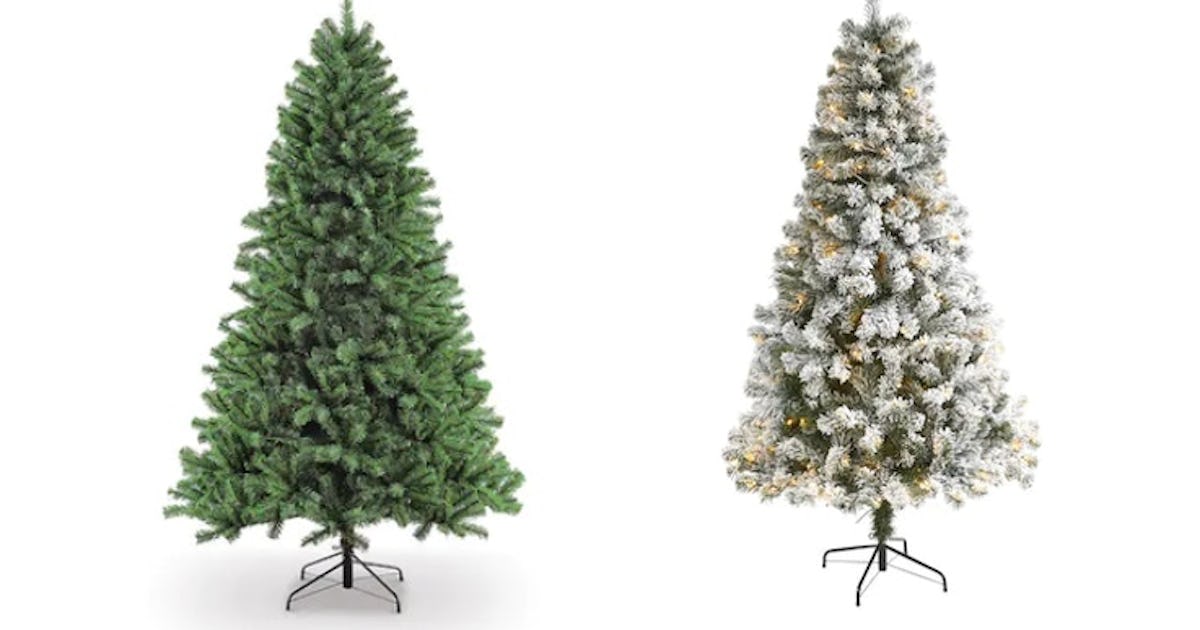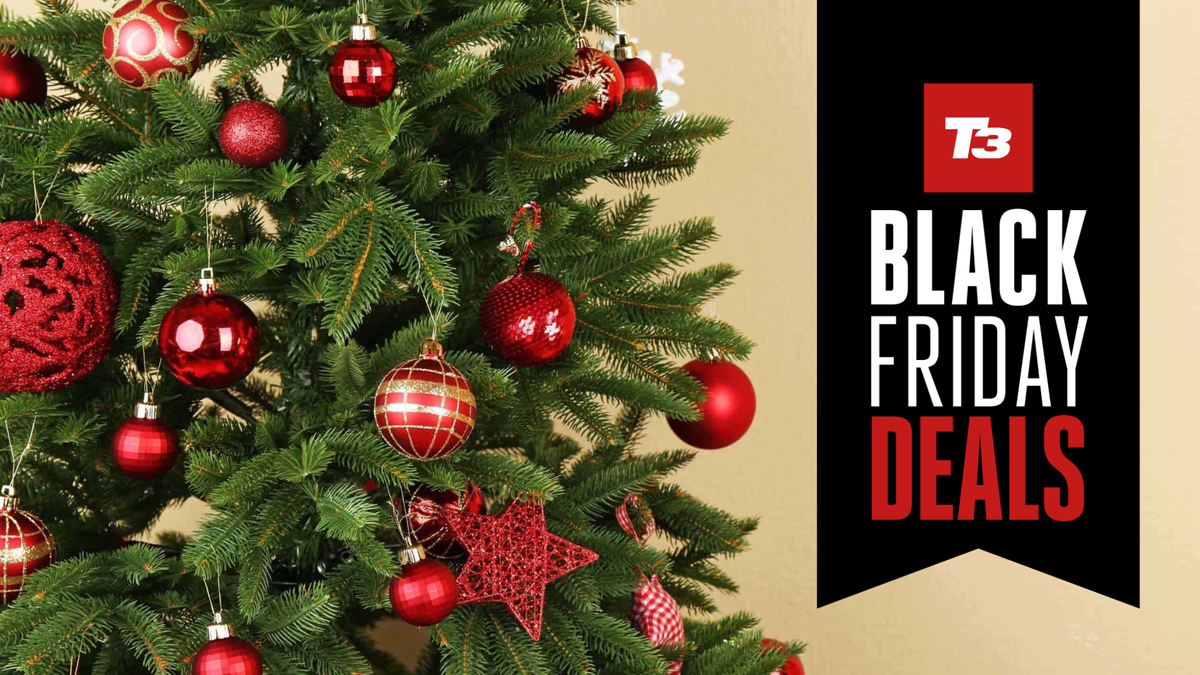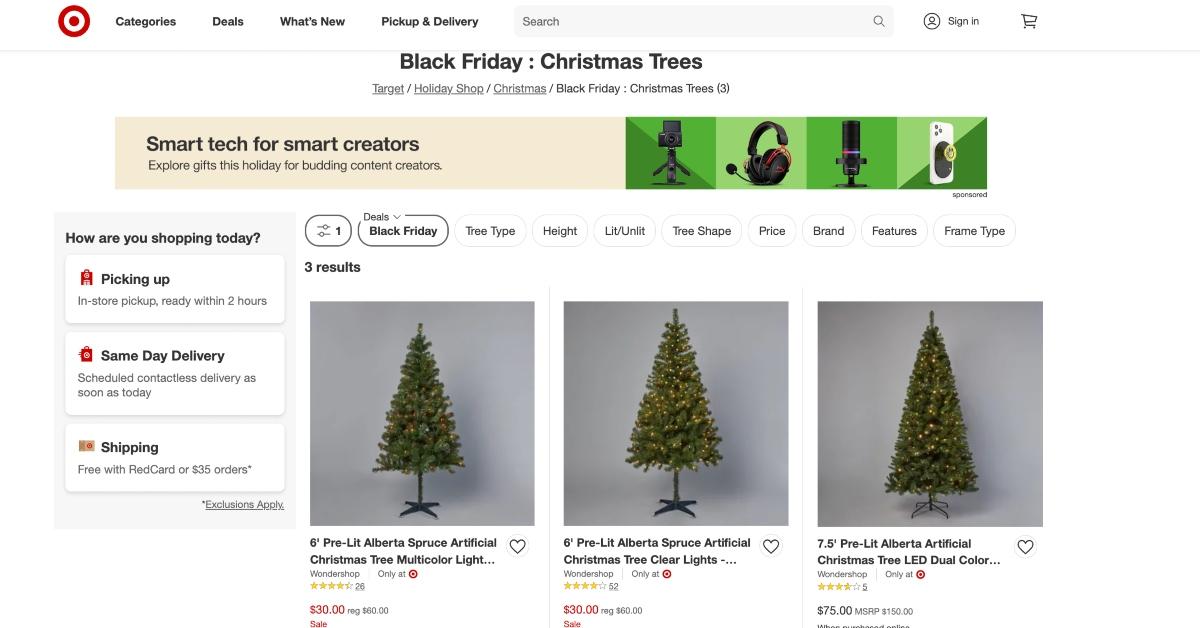Black Friday Christmas Tree 9 Ft

The annual Black Friday frenzy is upon us, and while electronics and appliances often dominate headlines, a surprising contender has emerged this year: the 9-foot Christmas tree. Retailers are aggressively discounting these towering symbols of holiday cheer, leading to both excitement and concern among consumers and industry experts alike.
This year, the battle for the best Black Friday deal includes a surprising protagonist: the 9-foot artificial Christmas tree. With retailers offering unprecedented discounts, consumers are facing a deluge of choices, navigating complex price comparisons and inventory challenges. The deeper implications of this trend extend beyond mere savings, raising questions about sustainability, consumerism, and the overall impact on the Christmas tree industry. This article delves into the dynamics of the 9-foot Christmas tree Black Friday phenomenon, exploring the motivations of retailers, the choices of consumers, and the potential consequences for the market.
The Retailer's Perspective: A Race to the Bottom?
Major retailers like Walmart, Target, and Amazon are leading the charge, offering significant markdowns on 9-foot artificial trees. These aggressive discounts aim to attract shoppers and increase overall Black Friday sales.
According to a press release from National Retail Federation, retailers are leveraging loss leaders, such as the 9-foot tree, to drive foot traffic and online engagement. The ultimate goal is to encourage consumers to purchase other higher-margin items during their shopping trips.
However, this strategy raises concerns about profitability and potential supply chain disruptions. Retailers are betting on volume to offset the reduced profit margins on each tree sold.
Inventory Management and Supply Chain Challenges
The deep discounts on 9-foot trees also reflect retailers' efforts to manage excess inventory. Many retailers overstocked in anticipation of continued high demand following the pandemic-driven surge in home decorating.
"We saw unprecedented demand for Christmas trees in 2020 and 2021," said John Smith, a supply chain analyst at Global Logistics Insights. "Retailers are now sitting on excess inventory and using Black Friday to clear out their warehouses."
This strategy carries risks. If demand outstrips supply at these discounted prices, retailers could face customer dissatisfaction and potential reputational damage.
The Consumer's Dilemma: Value vs. Sustainability
Consumers are understandably drawn to the allure of a bargain, especially during a time of economic uncertainty. A 9-foot tree can serve as a grand centerpiece for holiday celebrations.
However, the decision to purchase a heavily discounted artificial tree is not without its considerations. Consumers are weighing the immediate savings against the long-term environmental impact.
Artificial trees, typically made from PVC, are not biodegradable and can contribute to plastic waste. The American Christmas Tree Association (ACTA) notes that while artificial trees can be reused for many years, their eventual disposal poses an environmental challenge.
The Real Tree Alternative: A Sustainable Option?
Real Christmas trees offer a more sustainable alternative, as they are biodegradable and contribute to carbon sequestration. Tree farms also provide valuable green space and habitats for wildlife.
However, the National Christmas Tree Association acknowledges that the environmental impact of real trees depends on factors such as transportation and disposal methods. Proper recycling or composting is crucial to minimize their environmental footprint.
The decision between a real and artificial tree ultimately comes down to individual values and priorities. Consumers are increasingly seeking information about the sourcing and sustainability of both options.
The Impact on the Christmas Tree Industry
The Black Friday discounting of 9-foot artificial trees has ripple effects throughout the entire Christmas tree industry. Real tree farmers are facing increased competition and pressure to lower their prices.
Small businesses that specialize in high-quality artificial trees are also struggling to compete with the deep discounts offered by major retailers. The situation is further compounded by rising inflation and increased costs of labor and materials.
The intense price war could lead to consolidation within the industry, with smaller players potentially being squeezed out of the market.
The Future of Christmas Tree Sales
The long-term implications of the Black Friday discounting trend remain to be seen. Some experts predict that it could lead to a permanent shift in consumer expectations, with shoppers demanding deeper discounts on holiday decorations.
"We may be witnessing a new normal in the Christmas tree market," said Dr. Emily Carter, a retail marketing professor at State University. "Consumers are becoming accustomed to Black Friday-level discounts, which could put pressure on retailers to maintain those prices throughout the holiday season."
Retailers will need to carefully balance their promotional strategies with the need to maintain profitability and sustainability. Innovation in tree design, sourcing, and recycling could be crucial to long-term success.
Conclusion: Beyond the Black Friday Bargain
The Black Friday discounts on 9-foot Christmas trees offer a glimpse into the complex dynamics of consumerism, retail strategy, and environmental concerns. While the immediate appeal of a bargain is undeniable, consumers should carefully consider the long-term implications of their purchasing decisions.
As the holiday season approaches, let's remember that the true spirit of Christmas extends beyond the price tag. A mindful approach to purchasing, with consideration for sustainability and ethical sourcing, can help ensure a joyous and responsible holiday season for all.





:max_bytes(150000):strip_icc()/rs-early-bfcm-deal-artificial-christmas-tree-roundup-tout-cd07ba43b3e14969bce177e5f952652c.jpg)











:max_bytes(150000):strip_icc()/bshapplus-75ft-pre-lit-christmas-tree-88be8563730c47c7adf559023d01025f.jpg)
